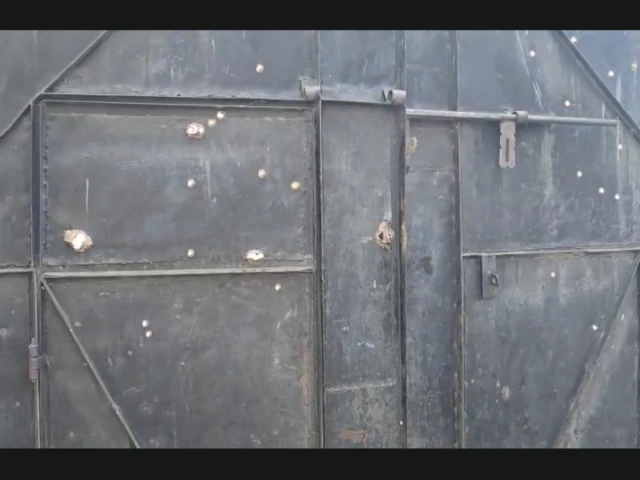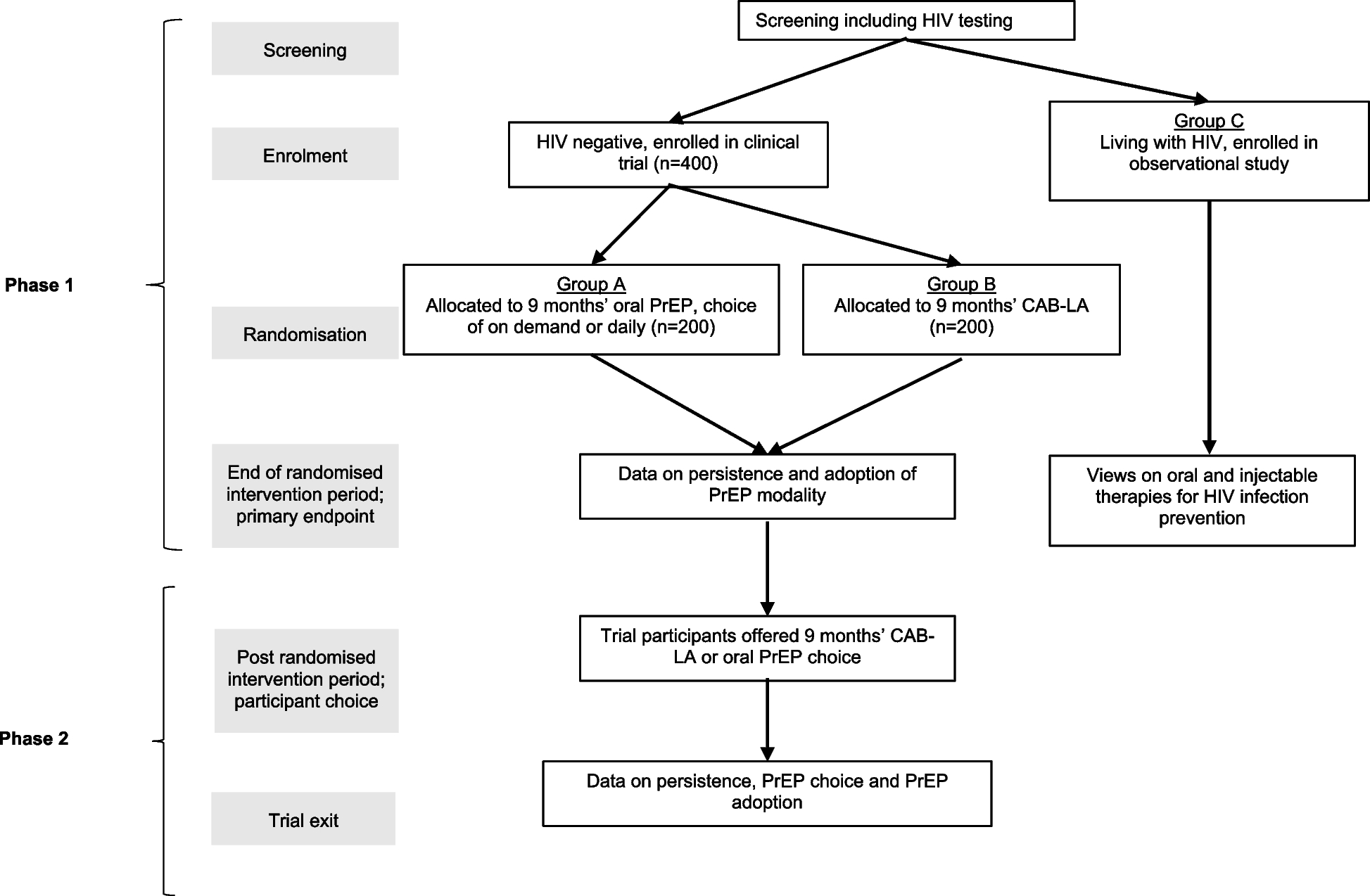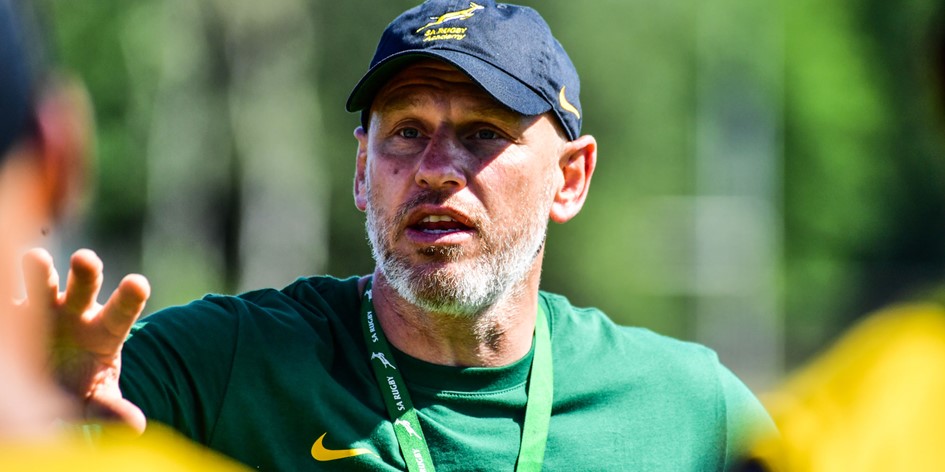Space is hard. Future astronauts will face a long list of excruciating challenges. These include facing the harsh loneliness of months-long trips away from Earth and exposure to space radiation. Then, of course, there’s the question of food…
Author: admin
-

United Arab Emirates plans to conclude trade deal with Chad by end 2025
ABU DHABI, Nov 10 (Reuters) – The United Arab Emirates could conclude negotiations for a bilateral trade agreement with the central African state of Chad by the end of the year, the Gulf state’s trade minister said on Monday.
Known as…
Continue Reading
-

KFC Morphs Into Hawkins Fried Chicken In Stranger Things Collab
Kate Tipper, Marketing Director at KFC UKI said: “The Hawkins KFC may be Upside Down, but that doesn’t stop Hawkins Fried Chicken getting chicken to its residents. KFC and Stranger Things fans know that when you have an obsession, you’ll…
Continue Reading
-
At least 24 terrorists killed in KP and Balochistan IBOs, says ISPR – Dawn
- At least 24 terrorists killed in KP and Balochistan IBOs, says ISPR Dawn
- Pakistan says troops killed 20 militants in a region bordering Afghanistan AP News
- Security forces kill 20 ‘Khwarij terrorist’s in K-P IBOs: ISPR The Express Tribune
Continue Reading
-

Naseem Shah’s house attacked in Lower Dir, five suspects arrested
Shooting at national cricketer’s home damages gate, windows, and a parked vehicle
LOWER DIR:…
Continue Reading
-

Implementing oral (event-driven and daily) and long-acting pre-exposure prophylaxis in mobile men in sub-Saharan Africa: a phase 3b, open-label, hybrid type 2 implementation and effectiveness trial (MOBILE MEN) | Trials
Fonner VA, Dalglish SL, Kennedy CE, Baggaley R, O’reilly KR, Koechlin FM, et al. Effectiveness and safety of oral HIV preexposure prophylaxis for all populations. AIDS. 2016;30(12):1973–83.
Google Scholar
…Continue Reading
-

Porn Ban—Google Issues New Warning For All Smartphone Users
Is a new ban coming?
getty
Updated on Nov. 10 with new analysis of proposed VPN bans and the implications for Google’s new warning for millions of users installing this software.
Hundreds of millions of smartphone users are now subject to porn…
Continue Reading
-
Access Denied
Access Denied
You don’t have permission to access “http://cricket.one/cricket-analysis/babar-azam-under-fire-sl-bowlers-who-could-pose-threat-to-out-of-form-pak-ace-in-odi-series/6911de4c39a217ec3c7584b3” on this server.
Reference…
Continue Reading
-

SA U19s arrive in Cork to prepare for Irish encounter
The SA U19s are looking to bounce back from a hard-fought 20-12 loss to France U19 in Chateauroux on Saturday.
Following the physically demanding match in France, the SA U19 touring party encountered travel…
Continue Reading
-

Refugee camps set to be uninhabitable by 2050 as extreme weather worsens
“Whether it is floods sweeping South Sudan and Brazil, record-breaking heat in Kenya and Pakistan, or water shortages in Chad and Ethiopia, extreme weather is pushing already fragile communities to the brink,” the UN agency said.
Over the past…
Continue Reading
